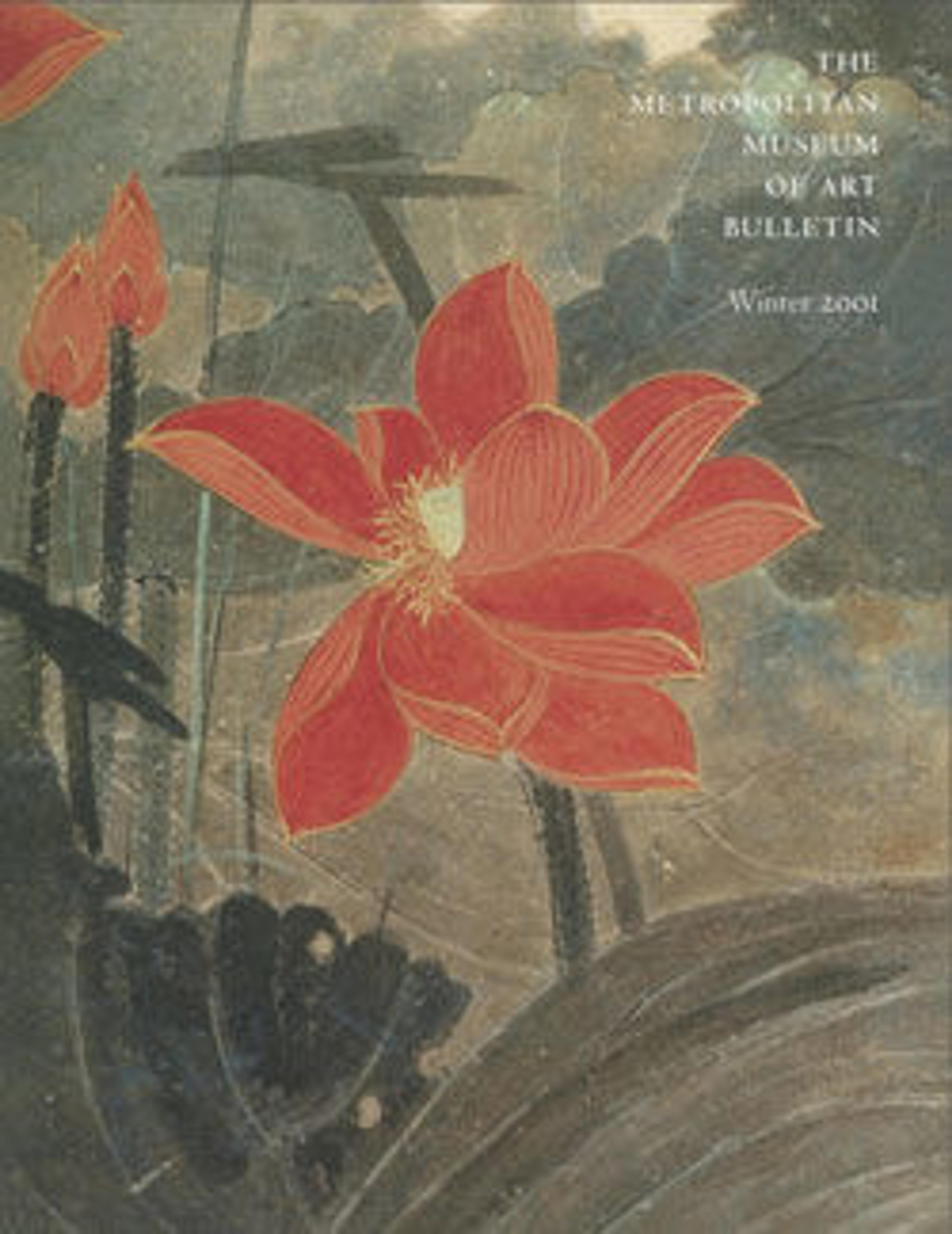Inscriptions on the Stone Drums (Eastern Zhou dynasty, 5th century BCE)
Written Chinese evolved slowly over more than two millennia before arriving at a modern, "regular" script (kai shu) in the third century A.D. The oldest script type, known as "seal" script (zhuan shu), developed gradually during the Shang, Zhou, and Qin periods (ca. 1500–206 B.C.) and is characterized by curvilinear picturelike forms executed in strokes of even thickness.
Inscriptions on the Ten Stone Drums, which record royal hunting expeditions, were probably engraved by one of the early dukes of the Qin state and constitute the earliest monumental seal-script texts of any length to survive. The script represents a transitional style between the "large-seal" script found on Shang and Zhou bronze vessels and the standardized "small-seal" script employed in official documents of the Qin dynasty (221–206 B.C.). The drums, discovered near Baoji in Shaanxi Province in the seventh century A.D., were moved to the imperial palace in Kaifeng by Emperor Huizong (r. 1101–25). When Jurchen Jin troops captured the Song capital in 1127, the drums were moved again to Beijing, where they are now in the Palace Museum.
The tradition of making ink rubbings of stone- and wood-carved inscriptions was a precursor to printing in China and made possible the wide dissemination of calligraphic models.
Inscriptions on the Ten Stone Drums, which record royal hunting expeditions, were probably engraved by one of the early dukes of the Qin state and constitute the earliest monumental seal-script texts of any length to survive. The script represents a transitional style between the "large-seal" script found on Shang and Zhou bronze vessels and the standardized "small-seal" script employed in official documents of the Qin dynasty (221–206 B.C.). The drums, discovered near Baoji in Shaanxi Province in the seventh century A.D., were moved to the imperial palace in Kaifeng by Emperor Huizong (r. 1101–25). When Jurchen Jin troops captured the Song capital in 1127, the drums were moved again to Beijing, where they are now in the Palace Museum.
The tradition of making ink rubbings of stone- and wood-carved inscriptions was a precursor to printing in China and made possible the wide dissemination of calligraphic models.
Artwork Details
- 東周 篆書石鼓文 明/清拓本
- Title: Inscriptions on the Stone Drums (Eastern Zhou dynasty, 5th century BCE)
- Artist: Unidentified artist
- Period: Ming dynasty (1368–1644)
- Date: 17th century
- Culture: China
- Medium: Set of rubbings in ten sections mounted as a pair of handscrolls; ink on paper
- Dimensions: Image (scroll a): 16 1/2 × 257 1/4 in. (41.9 × 653.4 cm)
Image (scroll b): 16 3/4 × 265 5/8 in. (42.5 × 674.7 cm)
Overall with mounting (each) H. 17 3/4 in. (45.1 cm) - Classification: Rubbing
- Credit Line: Gift of Mr. and Mrs. Wan-go H. C. Weng, 1992
- Object Number: 1992.166.1a, b
- Curatorial Department: Asian Art
Audio
7379. Inscriptions on the Stone Drums (Eastern Zhou dynasty, 5th century B.C.)
0:00
0:00
We're sorry, the transcript for this audio track is not available at this time. Please email info@metmuseum.org to request a transcript for this track.
More Artwork
Research Resources
The Met provides unparalleled resources for research and welcomes an international community of students and scholars. The Met's Open Access API is where creators and researchers can connect to the The Met collection. Open Access data and public domain images are available for unrestricted commercial and noncommercial use without permission or fee.
To request images under copyright and other restrictions, please use this Image Request form.
Feedback
We continue to research and examine historical and cultural context for objects in The Met collection. If you have comments or questions about this object record, please contact us using the form below. The Museum looks forward to receiving your comments.
